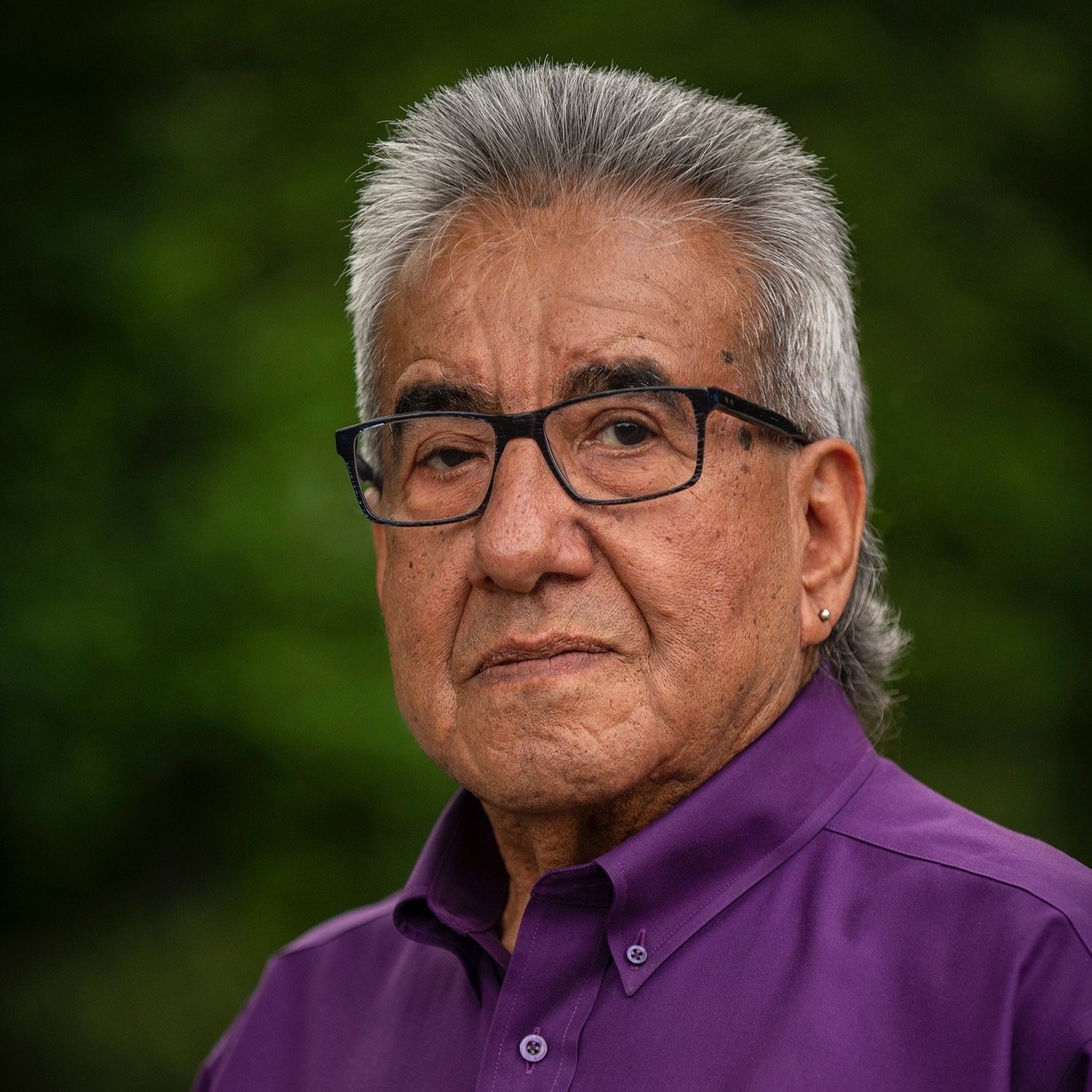Strides and challenges one year after Inter-Tribal Gathering
More than 600 people gathered online one year ago today for an Inter-Tribal Gathering hosted by the Eastern Shoshone and Northern Arapaho of the Wind River Indian Reservation in partnership with GYC and Yellowstone and Grand Teton national parks.
The goal of the online gathering, and subsequent in-person event on the Wind River Indian Reservation in June, was to elevate native voices and build better government-to-government relationships between Tribes and America’s federal public lands managers.
We’ve made enormous strides since the first gathering, and we continue to face challenges too. Even so, we are still energized and excited by the people who came together in support of Indigenous Peoples. Our traditional ways of living in reciprocity with Greater Yellowstone’s lands, waters, and wildlife continues to guide us as we continue to build support for Tribal Nations’ interests and rights.
We have several accomplishments to share. Over the course of the last 365 days, and led by our three Indigenous staff on the Wind River Indian Reservation, we have:
Created the Wind River Water and Buffalo Alliance to address river and riparian restoration opportunities on the Big Wind River and important tributaries like Crow Creek, as well as support the return of large-scale buffalo herds on the Wind River Indian Reservation. This effort includes land repatriation, dam removal, and actively working with federal and Tribal partners to build a potential buffalo quarantine program on the Wind River Indian Reservation.
Continued to support the Rocky Mountain Tribal Leaders Council – made up of 11 Tribes in the region - by providing technical expertise to the council on conservation issues pertaining to grizzly bears, wolves, bison, and river protection. These issues are critical to Native rights and interests and it is important that all Tribal Nations are aware of current policies and laws relating to land and wildlife management in Greater Yellowstone.
Supported the release of 113 Yellowstone Bison to the Fort Peck Indian Reservation. This an important step in restoring bison to Tribal lands across North America, and an outcome of our partnership with Yellowstone National Park and Yellowstone Forever to expand the Yellowstone Bison Conservation Transfer program.
Invested in the building of an Indigenous Symposium (fall 2023) meant to elevate Tribal connections to the Bridger-Teton National Forest as the agency prepares for a Forest Plan revision.
Supported a cultural inventory on the Bridger-Teton in preparation for their upcoming management plan revision.
Our work, driven by the ethos of reciprocity and Tribal sovereignty, was featured in Western Confluence Magazine.
And we still face these challenges:
Bureau of Reclamation - We worked closely with the Eastern Shoshone and Northern Arapaho Business Councils in their request to evaluate the ecological and cultural impacts of Diversion Dam, repatriate lands deemed “excess” from this reclamation project and honor the Tribal Water Code on the Wind River Indian Reservation. Unfortunately, so far, the Bureau of Reclamation prefers to wipe its hands clean from responsibility and prudent decision making that respects Tribal interests.
Despite some hiccups, we forge ahead. We know that by working with people like you who care about this region, and the many other players involved in this work, we will continue to see progress. We won’t give up.
Interested in supporting our Tribal work? A gift will help elevate our efforts of protecting and restoring Native conservation priorities.
—Wes Martel (Eastern Shoshone/Northern Arapaho), Senior Wind River Conservation Associate
The Greater Yellowstone Ecosystem is the land of 49+ Indigenous Tribes who maintain current and ancestral connections to the lands, waters, wildlife, plants, and more.
Photo Julie Falk/Flickr Creative Commons


